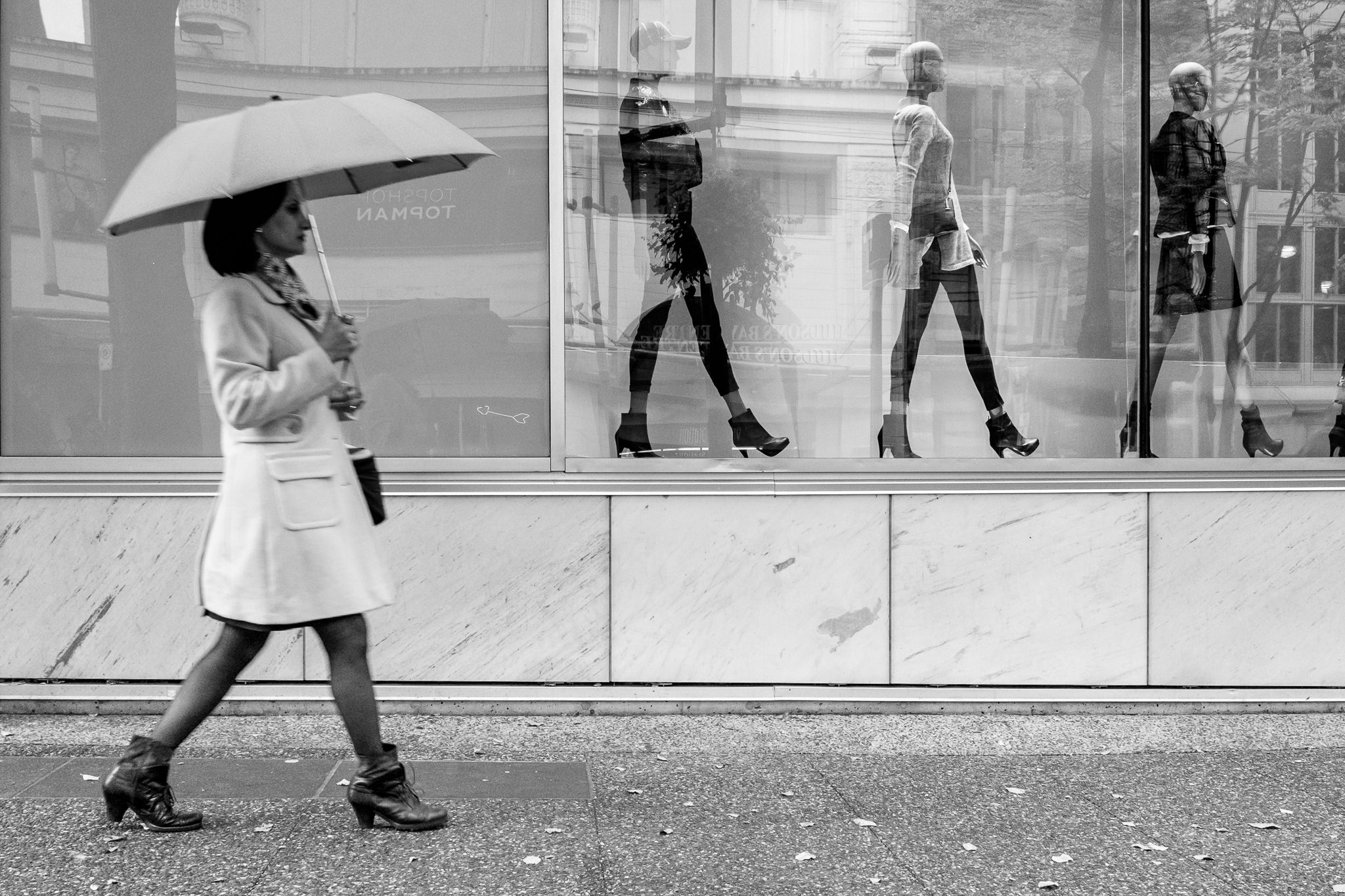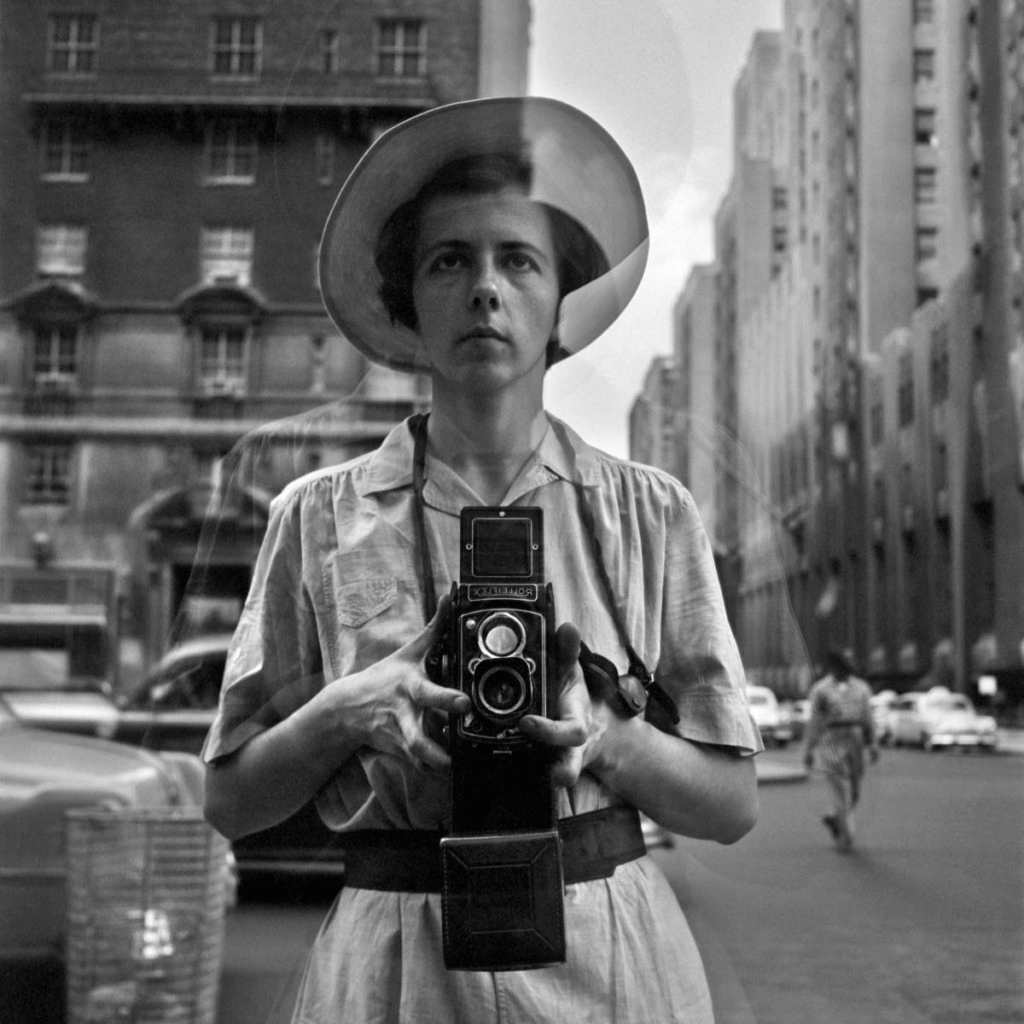The Main Principles Of Framing Streets
The Main Principles Of Framing Streets
Blog Article
8 Simple Techniques For Framing Streets
Table of ContentsFraming Streets Things To Know Before You Get ThisA Biased View of Framing StreetsFraming Streets Can Be Fun For EveryoneExcitement About Framing StreetsThe 8-Minute Rule for Framing StreetsWhat Does Framing Streets Mean?
, typically with the objective of capturing photos at a crucial or touching moment by mindful framework and timing. https://framing-streets-44888302.hubspotpagebuilder.com/framingstreets1/framing-streets-capturing-life-through-street-photography.
Framing Streets for Dummies
Susan Sontag, 1977 Road digital photography can concentrate on individuals and their behavior in public. In this respect, the road photographer resembles social docudrama digital photographers or photographers that likewise operate in public areas, but with the aim of catching newsworthy events. Any one of these digital photographers' images may record people and residential property noticeable within or from public places, which commonly entails navigating honest issues and legislations of personal privacy, protection, and home.
Depictions of day-to-day public life form a genre in virtually every duration of world art, starting in the pre-historic, Sumerian, Egyptian and early Buddhist art periods. Art taking care of the life of the street, whether within views of cityscapes, or as the leading motif, appears in the West in the canon of the Northern Renaissance, Baroque, Rococo, of Romanticism, Realism, Impressionism and Post-Impressionism.
Not known Facts About Framing Streets
Louis Daguerre: "Blvd du Holy place" (1838 or 1839) In 1838 or 1839 the very first photograph of numbers in the road was videotaped by Louis-Jacques-Mand Daguerre in one of a set of daguerreotype sights drawn from his workshop window of the Blvd du Temple in Paris. The 2nd, made at the height of the day, reveals an uninhabited stretch of street, while the other was taken at about 8:00 am, and as Beaumont Newhall records, "The Blvd, so constantly loaded with a relocating throng of pedestrians and carriages was flawlessly solitary, other than a person who was having his boots cleaned.
, that was motivated to embark on a similar documents of New York City. As the city created, Atget helped to promote Parisian streets as a worthy subject for digital photography.

How Framing Streets can Save You Time, Stress, and Money.
Martin is the initial tape-recorded professional photographer to do so in London with a masked camera. Mass-Observation was a social study organisation established in 1937 which intended to videotape day-to-day life in Britain and to tape the responses of the 'man-in-the-street' to King Edward VIII's abdication in 1936 to wed separation Wallis Simpson, and the succession of George VI. Between 1946 and 1957 Le Groupe des XV yearly exhibited job of this kind. Andre Kertesz. Circus, Budapest, 19 May 1920 Street photography created the major web content of 2 exhibits at the Museum of Modern Art (Mo, MA) in New York curated by Edward Steichen, 5 French Photographers: Brassai; Cartier-Bresson, Doisneau, Ronis, Izis in 1951 to 1952, and Post-war European Digital Photography in 1953, which exported the principle of road digital photography globally.

Things about Framing Streets
The recording device was 'a hidden video camera', a 35 mm Contax hidden below his layer, that was 'strapped to the upper body and connected to a long cable strung down the ideal sleeve'. His job had little modern impact as due to Evans' level of sensitivities about the creativity of his task and the personal privacy of his topics, it was not released up until 1966, in the publication Several Are Called, with an intro composed by James Agee in 1940.
Helen Levitt, then an educator of children, connected with Evans in 193839. She recorded the temporal chalk illustrations - sony a7iv that became part of youngsters's road society in New york city at the time, along with the kids who made them. In July 1939, Mo, MA's new digital photography section included Levitt's operate in its inaugural exhibitRobert Frank's 1958 publication,, was considerable; raw and frequently out of emphasis, Frank's photos examined conventional digital photography of the time, "challenged all the formal policies laid down by Henri Cartier-Bresson and Walker Evans" and "flew in the face of the wholesome pictorialism and wholehearted photojournalism of American publications like LIFE and Time".
Report this page